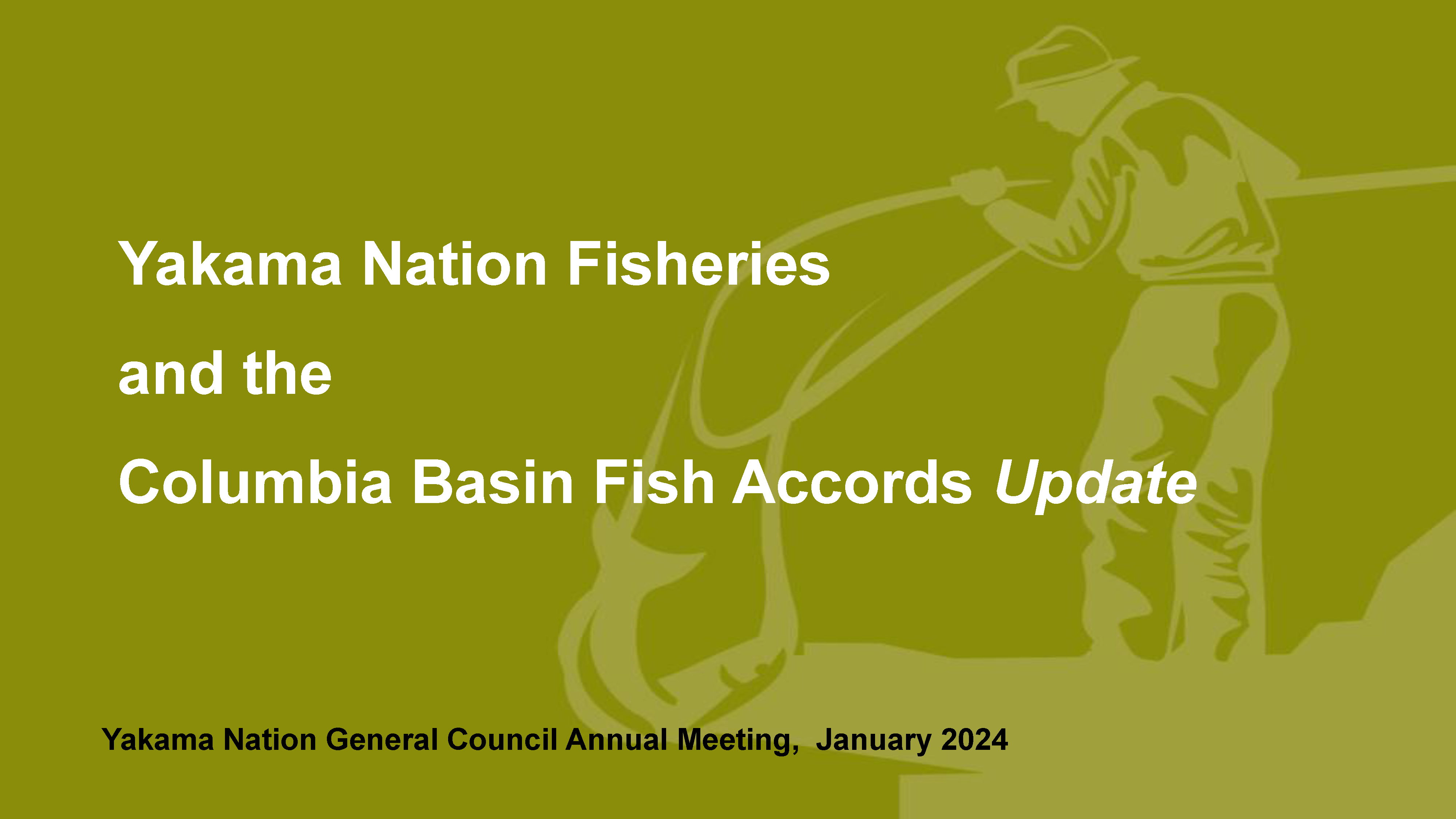Industrial and agricultural pollution and toxic contamination, dams that block fish migration and access to spawning habitat—the decline of salmon, steelhead, sturgeon, and lamprey in the Columbia River is has many causes. To restore the river and the life that depends upon it, the Yakama Nation Fisheries is employing many and varied strategies, simultaneously. In some areas, habitat recovery is the key; in others, supplementation of salmon runs may need to be the driver.
The Status and Trends Annual Report (STAR) Project summarizes fish population status and trends, habitat restoration action implementation, Yakama Nation production and reintroduction programs, and Federal mainstem hydrosystem improvements as they
Yakama Nation Fisheries is seeking proposals from qualified Wetland Assessment and Environmental Permitting firms to award a new consultant services contract for wetland assessment services in support of salmon habitat restoration projects taking
In 2020, Yakama Nation was successful in securing the U.S.
Fisheries Slides for GC 1/2024

The Yakama Nation is working to restore natural production of Pacific lamprey to a level that will provide robust species abundance, significant ecological contributions and meaningful harvest within the Yakama Nations Ceded Lands and in the Usual
The Yakama Nation Upper Columbia Habitat Restoration Project (URCHRP) is a project under the Yakama Nation Fisheries Resource Management Program. The project recieves its principal funding through the Columbia Basin Fish Accords.
Interior ponderosa pine (Pinus ponderosa) forests of the Pacific Northwest have changed dramatically since the time of European settlement. As a result of decades of fire suppression and timber management that focused on selective removal
Woodpeckers are considered keystone species because of their broad effects on other species.
